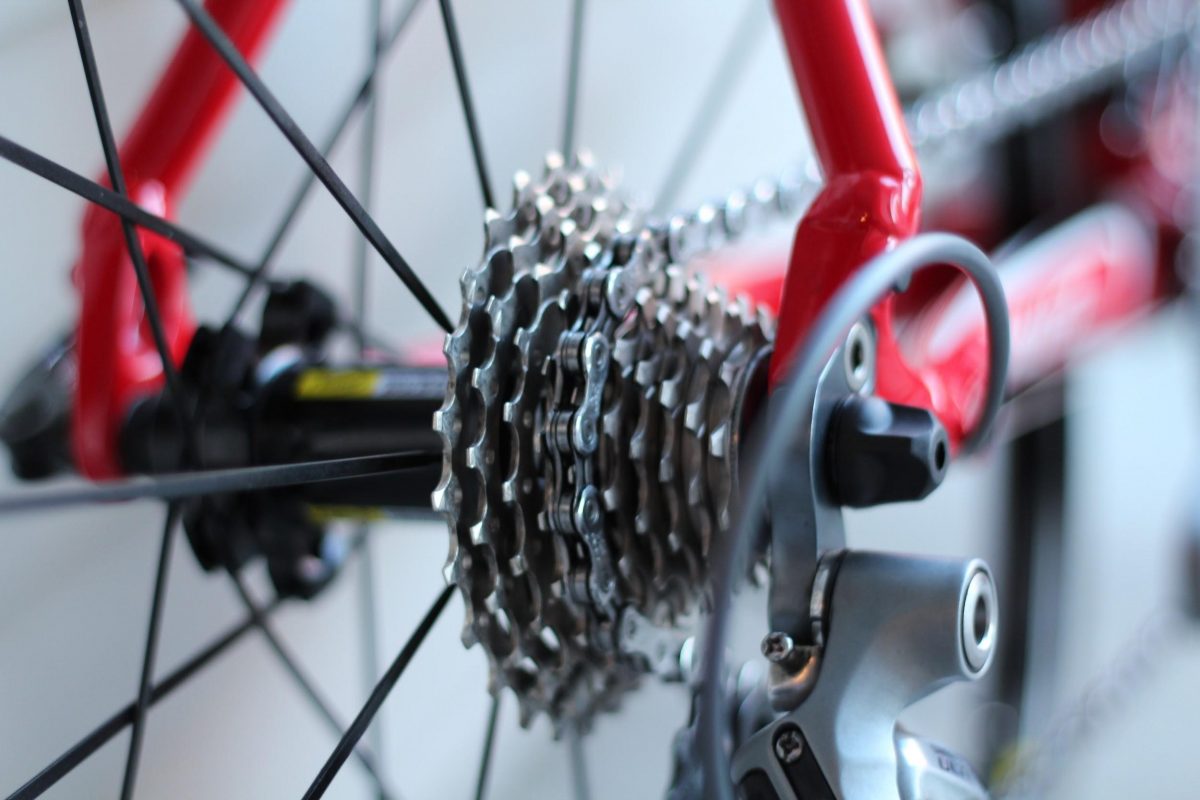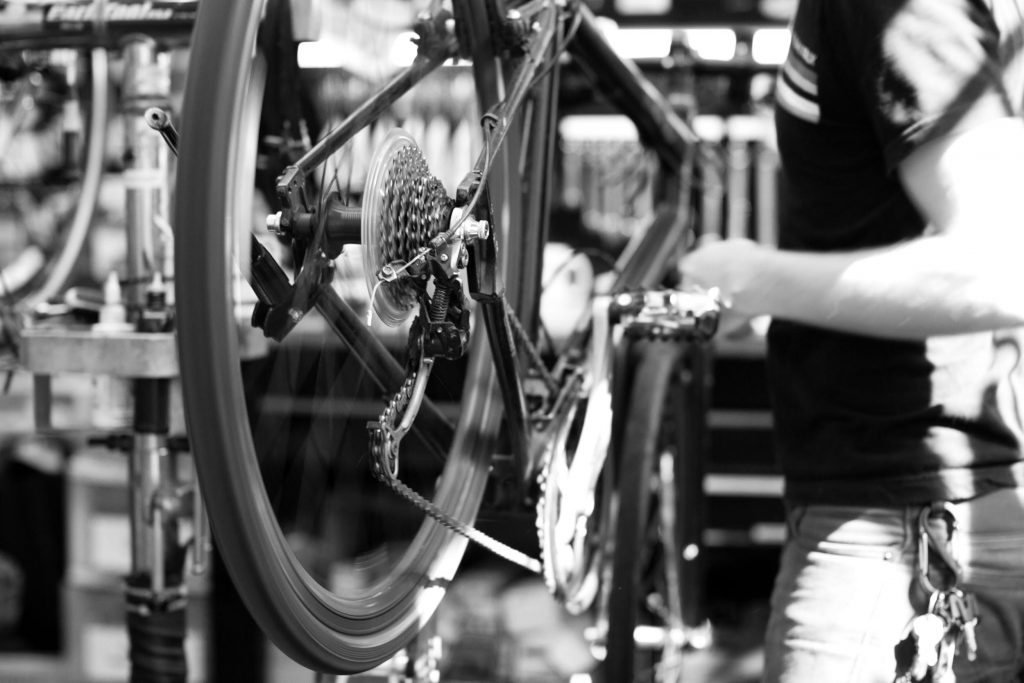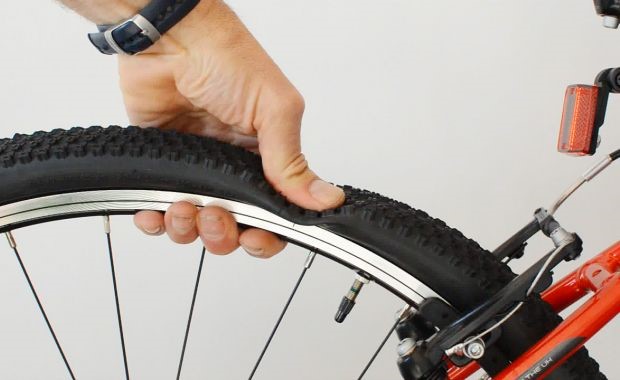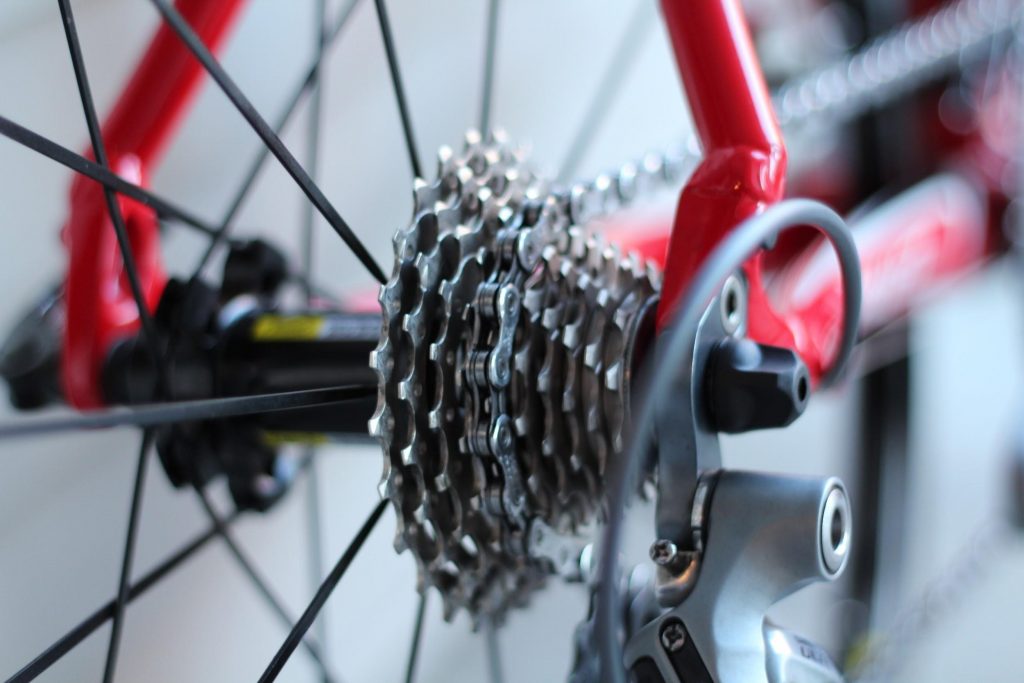With all the new bikes that Santa no doubt brought, here are some words of advice from guest blogger Michael Fulkerson:
It’s beautiful cycling around New Zealand when the weather is nice, but only if your bike is in prime condition. Too many new cyclists forget they do actually need to maintain their bike if they don’t want it to deteriorate quickly. Even if you’re getting away with things at the minute, it’s only a matter of time before you’ll suffer the consequences. To stop anything bad from happening we’ll touch on a few basic maintenance tips you should put into action straight away.
Keep your shed or garage in good condition – Good bicycle maintenance starts in your garage where most of the magic will happen. You’d probably want to use a rack to ensure you don’t leave your bike lying around where it could be accidentally damaged. It’s also wise to keep it tidy at all times, because something will break and you will need to fix it straight away. That will be hard if your garage is so messy it’s impossible to find any tools.
Inflate your tyres regularly – People hate trying to fix punctures, yet they’re basically asking for them because of a common mistake. Why do cyclists wait until their tyres are almost flat before they decide to inflate them? When a tyre is flat you’re much more likely to get punctures, so keep inflating them regularly. If you buy a pump capable of telling you how much pressure is in them you’ll avoid so much hassle. Semi-deflated tyres can lead to rubber cracking and later to rupture, so keep your tyres nice and round.
Always keep it clean – Did you know the most important thing you can do to prolong the life of your bike is keep it clean? That means scrubbing it after it gets dirty, but it also means cleaning it on a regular basis even if it’s not covered in mud, especially if your bike has disc brakes, as they are prone to rust if neglected (and, as such, lower braking performance) or in extreme cases even block your wheel. When you have a sponge and soapy water you’ll be good to go. Make sure you dry the bike once it’s clean, because it’s pointless cleaning it only for the bike to rust.
Change your brake pads – If you cycle regularly, something dangerous will happen sooner than you think. It will eventually become a lot more harder to stop when you squeeze the brakes. This isn’t your bike issuing you a challenge because it wants you to squeeze harder and harder each time. Your brake pads are wearing away and you’ll need to replace them before the time comes when you’d have trouble stopping and it would really affect your riding performance. If your bike has disc brakes, make sure discs are clean and that hydraulics lines don’t show any type of damage.
Lubricate the moving parts – As you ride around, internals of your bike will get dirty or dry, so make sure to lubricate all the major moving parts. If your bike has front and rear suspension, it’s paramount to keep it moving smoothly. Just apply lubricant on the shiny part of the shock and put pressure on it, or ride around for a while so it goes in as much as possible and spreads the lubricant. Make sure to apply lubrication to the chain and chain rings as they do most of the work, so they need to be in pristine condition at all times. Rusty or damaged chain can make your bike inoperable.
If you follow all the tips we’ve touched on today you’re going to run into a lot less problems. You’ll probably need to take your bike to the shop after a certain amount of time, but you’ll be able to take care of these bicycle maintenance tips on your own. Stay on top of everything and you’ll save lots of time further down the line.
What other handy bike maintenance tips do you have?





When you oil the chain work the oil in by running the lubed chain through an oily rag for a dozen turns or more of the cranks. Then use a cleaner rag to wipe off the excess from chain and chain rings to minimize grease on your pants.
For rim brakes apply the brakes and see where the brake blocks are meeting the rim. They should not overlap either top or bottom. If they hit the tyre they will quickly wear a hole causing a blowout. Adjust as needed.
Check both ends of brake cables for fraying. Pull on the brake handle and look in where the cable attaches to the handle. Look at the brake end where the cable attaches to the brake.
With wheels off the ground spin them. If they are rubbing either align in the frame or get them straightened.
Thanks for this post.
When lubrication moving parts, what lube would you recommend? would the trusty WD40 be used to lube the chain and forks/suspensions?
Thanks…